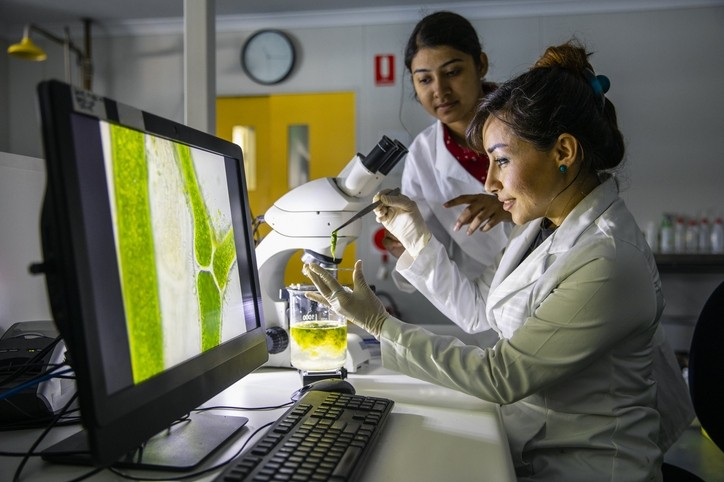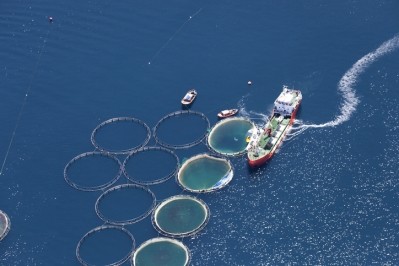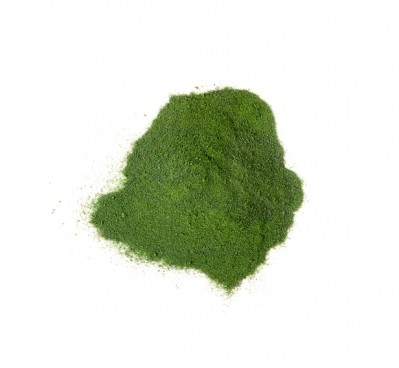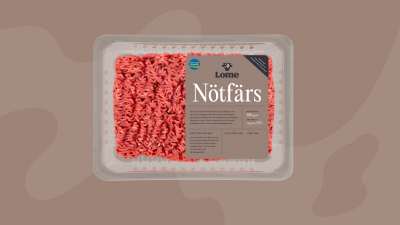Unlocking feed value: Scottish consortium explores how to optimize algae cultivation

Experts in animal nutrition from Biosimetrics and Abrimar, both based in Edinburgh, are collaborating with researchers at the Scottish Association of Marine Science (SAMS) to explore the optimum conditions required for growing algae as a novel feed ingredient in a project that has been backed by feasibility funding from the Industrial Biotechnology Innovation Centre (IBioIC) to the tune of £20K (US$25.6K).
The initiative may lead to new opportunities for feed supply chains in Scotland, ones that could reduce the country’s reliance on imported ingredients, according to Liz Fletcher, director of business engagement at IBioIC.
Previous studies have demonstrated the potential of algae as a high-quality, nutritious alternative to imported soy and fishmeal protein, but the cost and complexity of scaling up to mass production has meant the process has not yet been developed further.
Unlocking feed value
The researchers have evaluated a range of organisms supplied by the Culture Collection of Algae and Protozoa (CCAP) – Europe’s largest collection of living strains from freshwater and marine environments – to determine which species could unlock the greatest feed value for monogastrics, fish, and humans by measuring their speed of growth, protein yield and digestibility.
"Although many may be relatively high in protein or are fast growing, many of these species are understudied, particularly in relation to their digestibility, or the effect of harvest time and growth media on their nutritional profile and digestible biomass yield."
The team has already identified two strains of commercial interest, one which exhibited both exceptional biomass growth rate, protein content and digestibility and which merits further investigation.
Dr Virgilio Ambriz-Vilchis, head of technical services at BioSimetrics, reported that while varied species of algae have already shown potential in terms of the nutritional benefits for aquaculture and agriculture, transferring the process from the lab to full-scale production is not that straightforward. "As well as the technical hurdles, we also need to optimize the process so that it makes sense economically."
While the concept still has to be successfully scaled up, the partners are keen to align with adjacent sectors to explore the collaborative opportunity and make the entire process more circular.
By taking a collaborative approach to growing and harvesting, the consortium said multiple sectors could use different components of the algae crop for different purposes. While some elements of algae would go into fish and livestock feeds, other co-products – which may previously have been deemed waste – could be used as pigments for a range of food and drink or consumer products.










